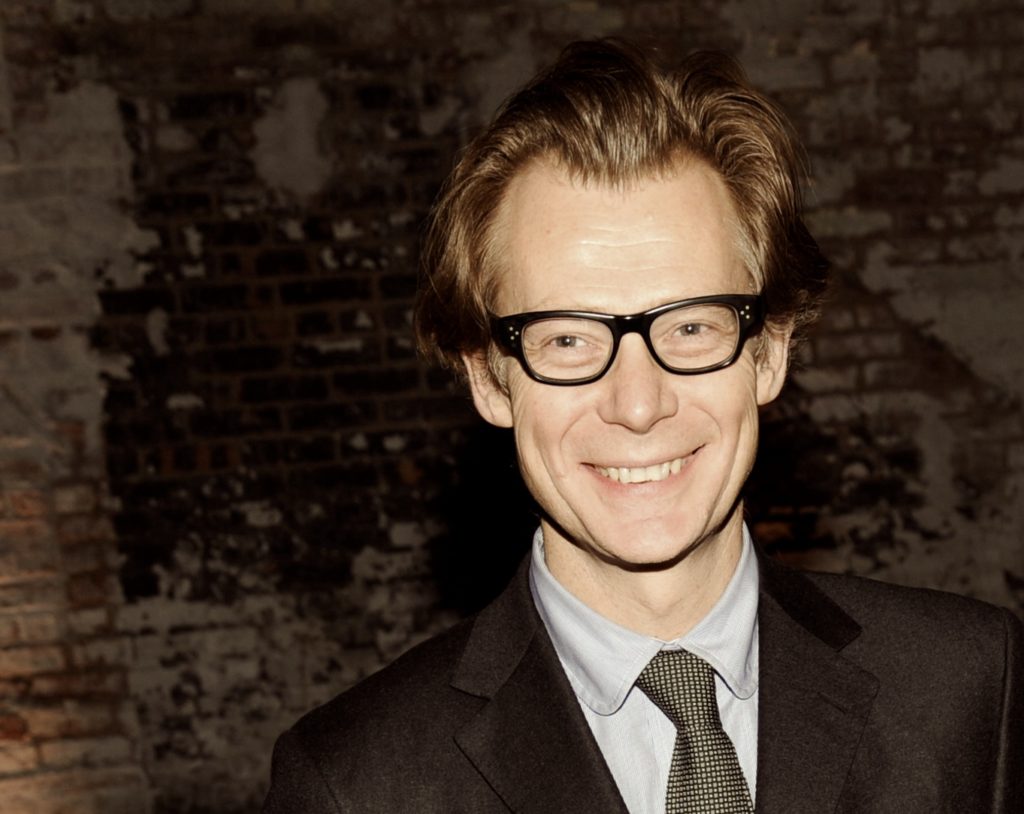
People
Following His Turbulent Departure From MOCA, Philippe Vergne Gets the Top Job at Portugal’s Serralves Museum
The French director will lead the Serralves Museum while Helen Molseworth heads to Colorado for her next job.

Philippe Vergne, the former director of the Museum of Contemporary Art in Los Angeles (MOCA), who was embroiled in controversy over the firing of the institution’s chief curator Helen Molesworth, has a new job. He has been named the director of Portugal’s prestigious Serralves Museum of Contemporary Art, having been handpicked by an international panel seeking an experienced director to restore calm to the museum and gardens in the Northern city of Porto.
Vergne fills the position left open by curator João Ribas, who stepped down last September in protest of what he described as censorship of explicit works from the museum’s Robert Mapplethorpe retrospective. (The museum denied the claim.)
Vergne has been on the job market since last year when, two months after the announcement of Molesworth’s sudden termination from MOCA, the museum announced that he, too, would step down. Vergne and the museum said they had mutually agreed not to renew his contract when it ended this March.
Vergne’s appointment was a unanimous decision by the Serralves board, which was advised by a prestigious group of international museum directors, including Frances Morris, the director of Tate Modern, and Suzanne Cotter, who ran Serralves before she left for MUDAM in Luxembourg.
Penelope Curtis, the director of the Gulbenkian Museum in Lisbon who formerly led Tate Britain in London, tells artnet News that Vergne’s arrival will “agreeably surprise” people in Portugal. “Hopefully, the appointment of a foreigner denotes the board’s recognition that a director needs to have sufficient artistic independence,” she says.
Verge brings to the post a wealth of experience. Although his tenure at MOCA LA was overshadowed recently by his abrupt departure, he helped shore up the museum’s finances, lure artists back onto the board, and grow the museum staff to 60 full-time employees during his four years there. Before MOCA, Vergne served as the director of the Dia Art Foundation in New York and as deputy director and chief curator at the Walker Art Center in Minneapolis.
His appointment at Serralves marks the French-born curator’s return to Europe after several decades. He served as the inaugural director of Museum of Contemporary Art (MAC) in Marseilles before departing to the United States.
Until recently, many had expected Vergne to remain in Los Angeles, where he oversaw high-profile shows by artists including Kerry James Marshall, Mathew Barney, Hito Steyerl, Carl Andre, and R.H. Quaytman. But the public relations crisis incited by Molesworth’s departure ultimately led to a reshuffling of the museum’s leadership. Sources close to the issue have said that Vergne’s abrupt firing of his chief curator was a factor in the board’s decision not to renew his contract.
Vergne is not the only MOCA alum with a new job. As he heads back to Europe, Molesworth has also taken on a new role, which starts in April. The American curator will head to Colorado’s Anderson Ranch Arts Center for an 18-month term as its curator-in-residence. This summer, she will present the project “What Does Art Do?” with artist Simone Leigh as a part of the Ranch’s ongoing critical dialogue program.
Follow artnet News on Facebook:
Want to stay ahead of the art world? Subscribe to our newsletter to get the breaking news, eye-opening interviews, and incisive critical takes that drive the conversation forward.
SHARE















